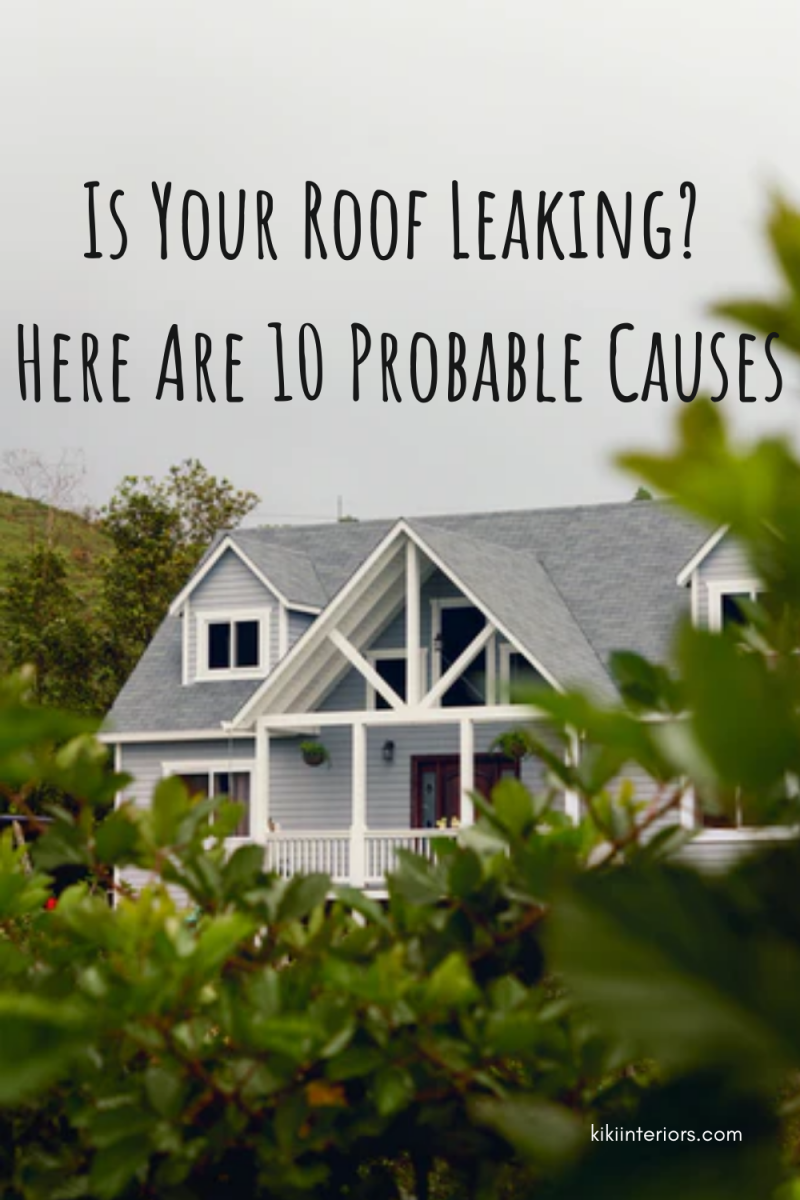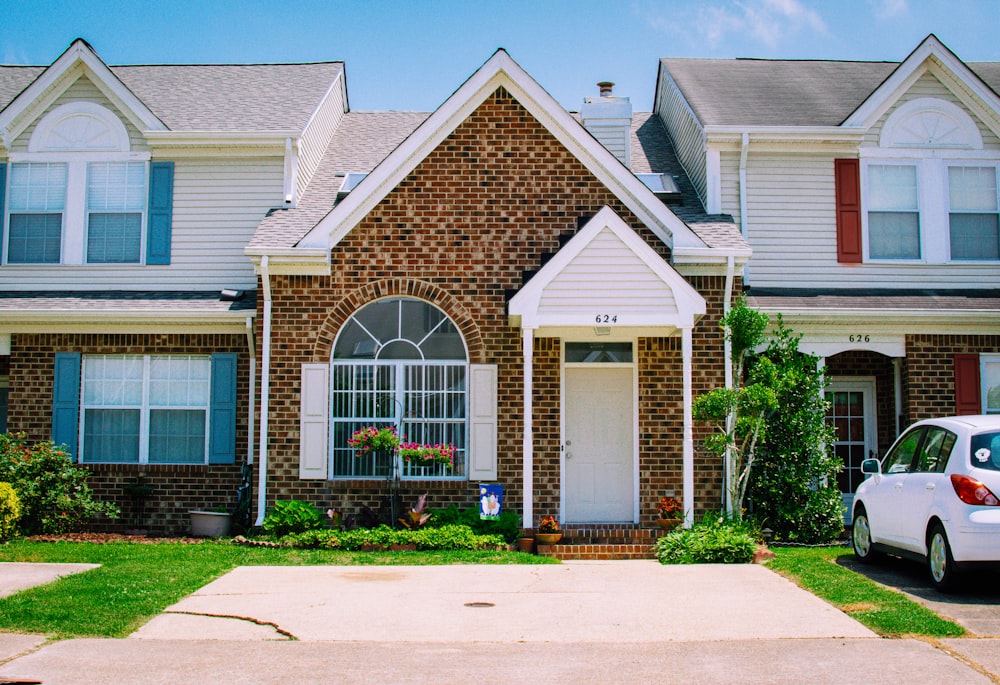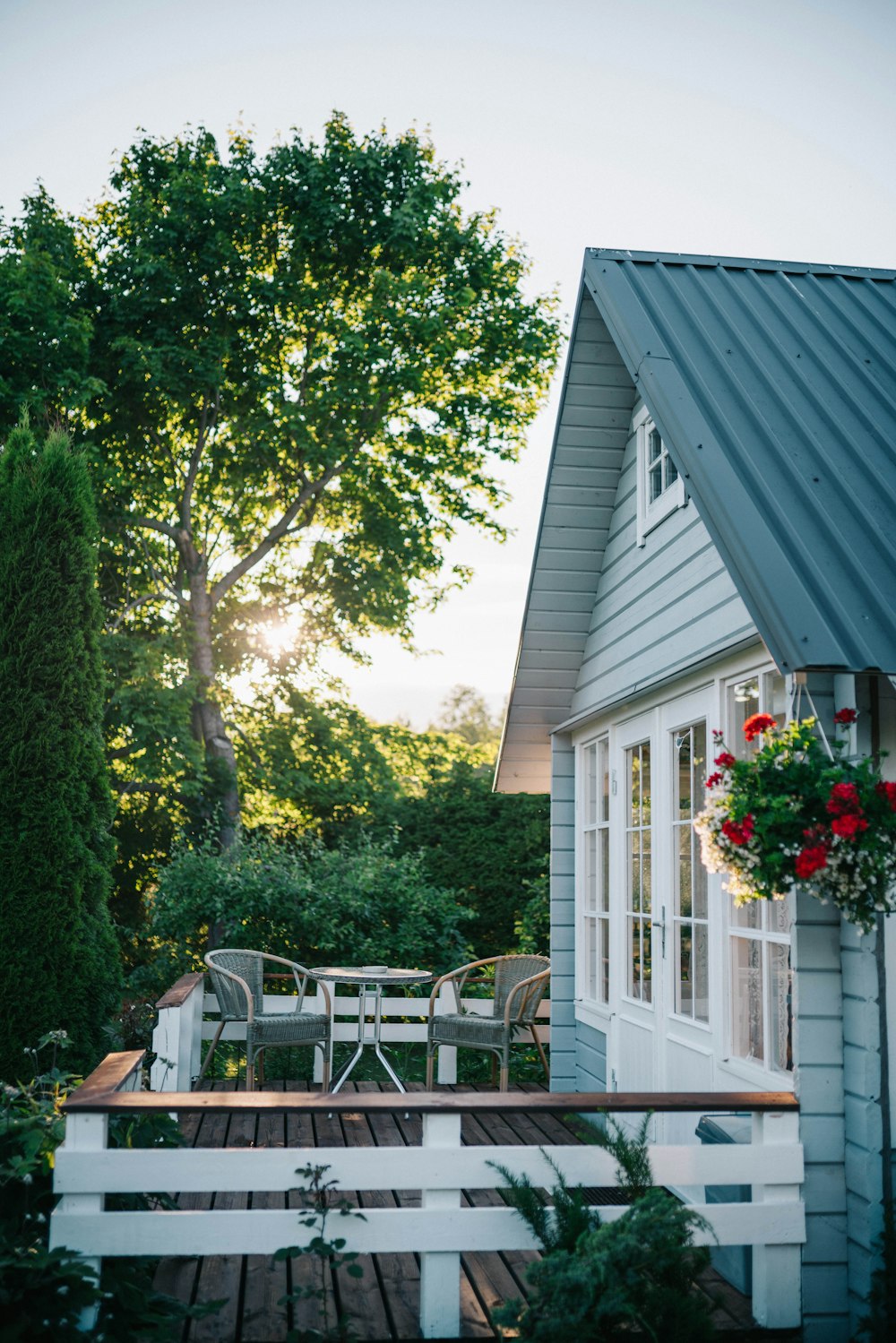
Recent reports show that there are currently around 140 million homes in America, including apartment buildings, single-family homes, and duplexes. While all those dwellings come in numerous shapes, sizes, and floor plans, they all have a few things in common. For one, they rely on electrical and plumbing systems to keep occupants comfortable and remain up to code. At the same time, they all have roofs in place to help protect their occupants, interiors, and structural components against the elements.
When Roofs Fail
Though roofs are built to hold up to almost anything Mother Nature sends their way, they’re not invulnerable. Over time or due to certain circumstances, they sometimes fail. Companies like roofec precision exteriors are available to help prevent roofing issues and step in to thwart further damage if issues arise. Roofs can develop leaks for any number of reasons, but take a look at a few of the most common causes.

1) Broken or Missing Shingles
One of the most common reasons roofs develop leaks is missing roofing components. These could be shingles, shakes, tiles, or sheets of metal depending on the type of roof you have in place. Those materials are designed to work with other aspects of the roofing structure to keep out moisture. If a portion of them is missing, this leaves a gap through which rain, snow, and condensation can gain entry to your home.
2) Skylights
Skylights are beautiful and functional additions to homes. They improve interior and exterior appearance, allow natural light to flow in, and can increase property values. That being said, they’re also well-known culprits when it comes to roof leaks. If the skylights themselves are cracked or broken from falling debris, the damage is usually obvious. Some less visible reasons they might leak include worn or damaged seals and improper installation. In any of those cases, they become major sources of interior damage.
3) Punctures
Storms can toss a barrage of falling limbs and other debris at your roof. In some cases, those hazards hit the roof with such force that they puncture the roofing materials. They may not penetrate into the attic, but a serious surface wound is all it takes to cause a leak. Punctures may be visible from the ground, or they might not be noticeable at all without an up-close inspection.
4) Damaged Flashings
Flashings are unsung heroes of the roofing world. They’re installed under shingles and along the joints of the roof to provide barriers against wind and moisture. They can crack or warp over time because of extreme temperatures, heavy rains, and high winds. When they do, they leave the joints exposed and open the door for roof leaks.
5) Ice Dams
Ice dams are lengths of ice that form along the edge of a roof or in clogged gutters. They prevent snow and ice melt from draining off the roof properly. In some cases, they can work their way under the edges of roofing materials and cause damage. All this detracts from the effectiveness of the roof and can lead to extensive interior damage if not repaired promptly.

6) Damaged Vent Pipe Covers
All homes are required to have vent pipes in place to prevent air and other gasses from building up the plumbing system. Without them, or if they’re clogged, drains might not drain as well as they should, and potentially dangerous sewer gasses could build up in the home. Since they emerge through the roof, holes have to be cut in the roofing materials to accommodate them. Then, covers are installed where the pipes come through to prevent leaks. If those covers become cracked or worn, though, they don’t work properly and allow leaks to form.
7) Poorly Sealed Valleys
Valleys are the areas where different portions of the roof come together. They’re fitted with seals to help deflect water that runs along them from rain or melting snow and ice. If those seals are damaged or aren’t installed properly, though, they won’t work as they should. Instead of flowing safely along the roof and into the gutters and downspouts, water will seep into the attic through the valleys.
8) Damaged Roof Vents
Roofs are equipped with vents to allow for adequate airflow. Without them, heat and moisture would build up in the attic and cause condensation that would lead to mold growth and other issues. These vents vary in design, but all of them are prime spots for leaks to form. They’re designed to ward off leaks, but they can become worn or damaged and not work as well as they should.

9) Chimney Problems
Chimneys are notorious areas for leaks because so many things can go wrong with them. Damaged caps or crowns, cracks in the stone or brickwork, and damaged flashings around the chimney are only a few of the most common problems in this regard. Figuring out just which issue is the one causing the leak can be difficult, and in many cases, several of them are at work.
10) Time
Not all roof leaks come from storm damage, low-quality materials, or improper installation. Time may heal all wounds, but it doesn’t work the same way for roofs. Be sure to have the roof inspected at least once or twice per year and following major storms to catch problems early and prevent further damage. Still, all roofs need to be replaced at some point.
This varies widely depending on the type of material used. Asphalt shingles can last about 15 to 30 years whereas composite shingles last up to 20 years. Wood shingles can last as long as 25 years, and metal roofing may hold out for 75 years. Clay tiles and slate have been known to last a century or longer under optimal conditions. Keep in mind, the materials underneath the shingles, tiles, shakes, or metal may not last as long as the outer layer.
Keeping Your Roof in Top-Notch Shape
Roof leaks are common problems for homeowners. Some develop gradually due to normal wear and tear while others come from storm damage or poor craftsmanship. Time, alone, may be your roof’s worst enemy. Be sure to keep up with inspections and routine maintenance, and have damage repaired as soon as possible. All this will keep your roof in top-notch shape and help safeguard your home and belongings against damage.



